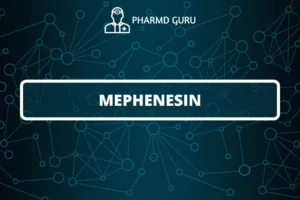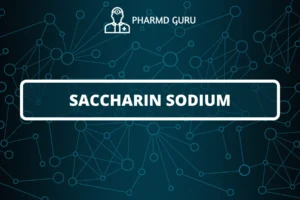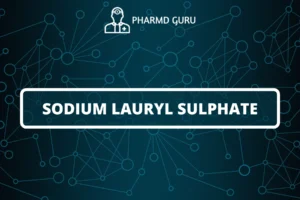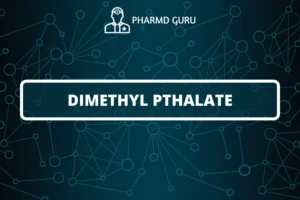WITTIG REACTION: Wittig reaction is a powerful synthetic method used to convert a carbonyl compound, typically an aldehyde or ketone, into an alkene using a phosphorus ylide as the key reagent. The reaction is named after the German chemist Georg Wittig, who developed this transformation and was awarded the Nobel Prize in Chemistry in 1979 for his work.
SCROLL DOWN TO THE BOTTOM OF THIS PAGE FOR ACTUAL NOTES.
In the Wittig reaction, a phosphorus ylide, which is a compound containing a positively charged phosphorus atom and a negatively charged carbon atom, reacts with a carbonyl compound. The ylide serves as a nucleophile and attacks the carbonyl carbon, leading to the formation of an intermediate called an oxaphosphetane. Subsequent elimination of a phosphine oxide produces the desired alkene.
The general equation for the Wittig reaction is as follows:
R1C=O + Ph3P=CR2 → R1CH=CHR2 + Ph3PO
In this reaction, an aldehyde or ketone (R1C=O) reacts with a phosphorus ylide (Ph3P=CR2) to form an alkene (R1CH=CHR2), along with the formation of a phosphine oxide (Ph3PO).
The phosphorus ylide used in the Wittig reaction is typically generated in situ by the reaction of a phosphonium salt, such as triphenylphosphonium chloride (Ph3P+Cl-), with a strong base, such as sodium hydride (NaH) or potassium tert-butoxide (KOt-Bu). The resulting ylide can be stabilized by resonance and exists in a zwitterionic form.
The mechanism of the Wittig reaction involves several steps:
- Generation of phosphorus ylide: The phosphonium salt reacts with a strong base, leading to the formation of the phosphorus ylide.
- Nucleophilic attack: The phosphorus ylide acts as a nucleophile and attacks the electrophilic carbonyl carbon of the aldehyde or ketone, forming an oxaphosphetane intermediate.
- Rearrangement and elimination: The oxaphosphetane undergoes a rearrangement, leading to the formation of a stabilized betaine intermediate. Elimination of the phosphine oxide occurs, resulting in the formation of the alkene product.
The Wittig reaction is widely used in organic synthesis due to its mild reaction conditions, high regio- and stereo-selectivity, and broad substrate scope. It offers a powerful method for the construction of carbon-carbon double bonds, and the resulting alkenes can be further functionalized through subsequent reactions.
It’s important to note that the Wittig reaction is generally selective for the formation of E-alkenes (trans configuration). However, under certain conditions, the Z-alkene (cis configuration) may also be obtained.
In summary, the Wittig reaction is a valuable tool in organic synthesis for the conversion of carbonyl compounds into alkenes. It provides a straightforward and efficient route to construct carbon-carbon double bonds, allowing for the synthesis of a wide range of organic molecules, including natural products, pharmaceuticals, and polymers.
ACTUAL NOTES:
PATH: PHARMD/PHARMD NOTES/ PHARMD FIRST YEAR NOTES/ ORGANIC CHEMISTRY/ PHARMACEUTICAL ORGANIC CHEMISTRY/ WITTIG REACTION.




